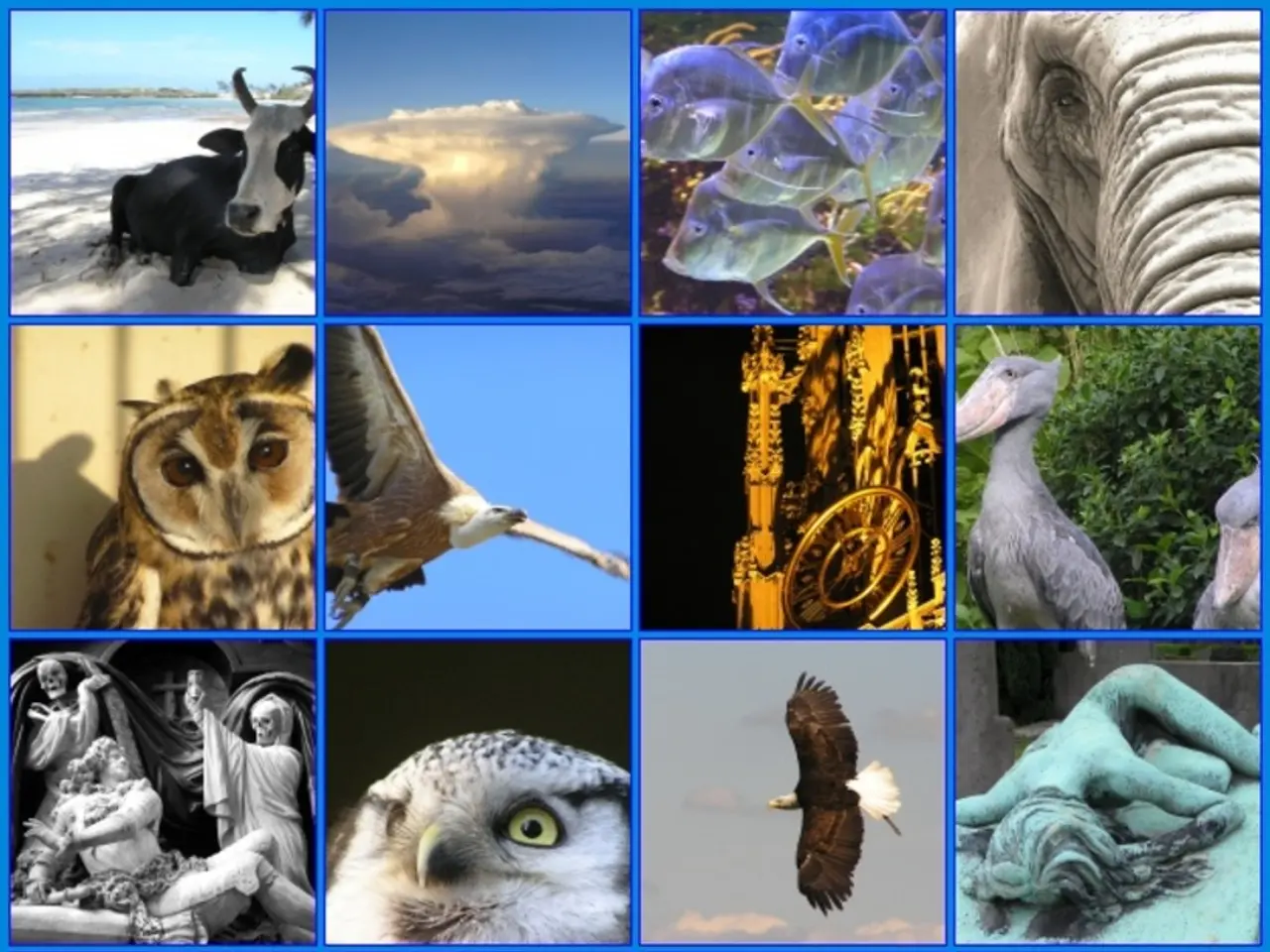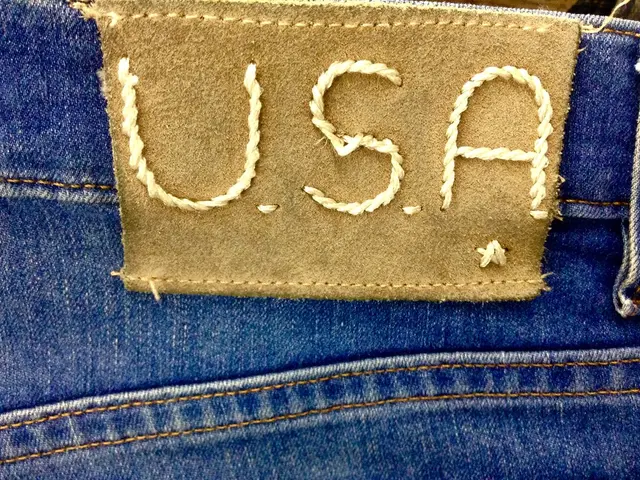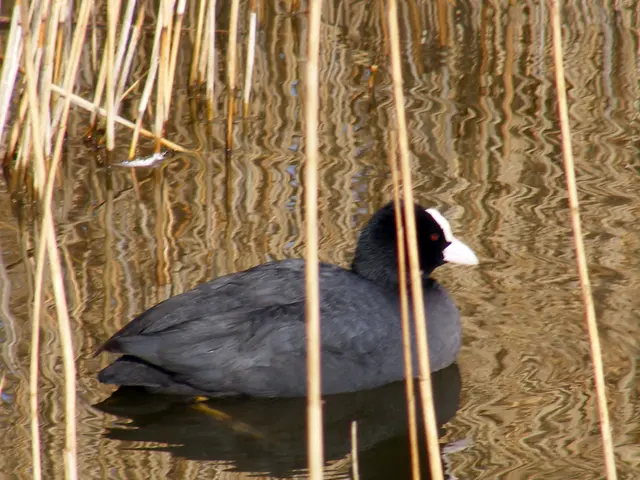Native Irish Hare Treads Through Mythology, Terrain, and Folklore
In the emerald isle of Ireland, the Irish hare, a rare and captivating native mammal, is the focus of ongoing conservation efforts. This distinctive species, with its unique biology and captivating behaviors, is not only a symbol of what is wild and precious but also a powerful indicator of environmental change.
Spotting an Irish hare in the wild is a thrilling experience, often happening during the early hours of the morning or at dusk. However, the Irish hare faces numerous threats due to changes in farming practices, loss of wild meadows, illegal hunting, and disturbance during the breeding season.
To safeguard the Irish hare's habitats and promote its survival, conservation strategies are being informed by ongoing research. These efforts encompass a multifaceted approach, combining scientific, regulatory, and community-based efforts.
Habitat management is a key element, with rotational burning and invasive species control maintaining suitable environments for the Irish hare. Protected zones, such as Special Areas of Conservation (SACs), which include the hare’s natural range, are being established. A community-driven initiative, "Hare's Corners," involves funding to establish over 300 small habitat refuges to support hare populations across several counties.
The National Parks and Wildlife Service (NPWS) in Ireland is investing €135,000 to study the survival and movement of hares released back into the wild after coursing. This research aims to understand the impact of this traditional but controversial practice better and inform conservation strategies.
Moreover, there is growing public opposition to hare coursing, a practice where hares are captured, held, and used in coursing events. The research coincides with this growing sentiment and aims to evaluate if releasing hares at capture sites versus random locations affects survival rates.
The Irish hare's unique status, insights into evolution and adaptation, and its deep ties to the Irish landscape make it a true native treasure. As scientists continue to study this fascinating species, they invite us to look closer at the world around us, to value the wildness that still exists, and to play our part in protecting it for generations to come.
Farmers, landowners, and communities are increasingly recognizing the value of preserving wild spaces for the Irish hare and other creatures. The Irish hare is not just a symbol of what is wild and precious; it is a symbol of what is worth protecting in modern Ireland.
Despite the challenges, the Irish hare faces new opportunities with conservation efforts, education campaigns, and growing public interest in native wildlife offering hope for the future.
- Ongoing wildlife research on the Irish hare's survival and movement is being funded by the National Parks and Wildlife Service (NPWS) in Ireland, studying the impact of traditional practices like hare coursing on their evolution and adaptation.
- In line with growing public opposition to hare coursing, conservation strategies are being expanded to includestudying the survival rates of hares released back into the wild, with the aim of informing future conservation efforts and promoting the preservation of ecosystems.
- To support the Irish hare's ecosystem and promote its preservation, the "Hare's Corners" community-driven initiative funds the establishment of over 300 small habitat refuges across several counties.
- As more people recognize the importance of preserving wild spaces for creatures like the Irish hare, the Irish hare symbolizes not only what is wild and precious but also the inherent value of home-and-garden ecosystems and the role they play in maintaining biodiversity.




